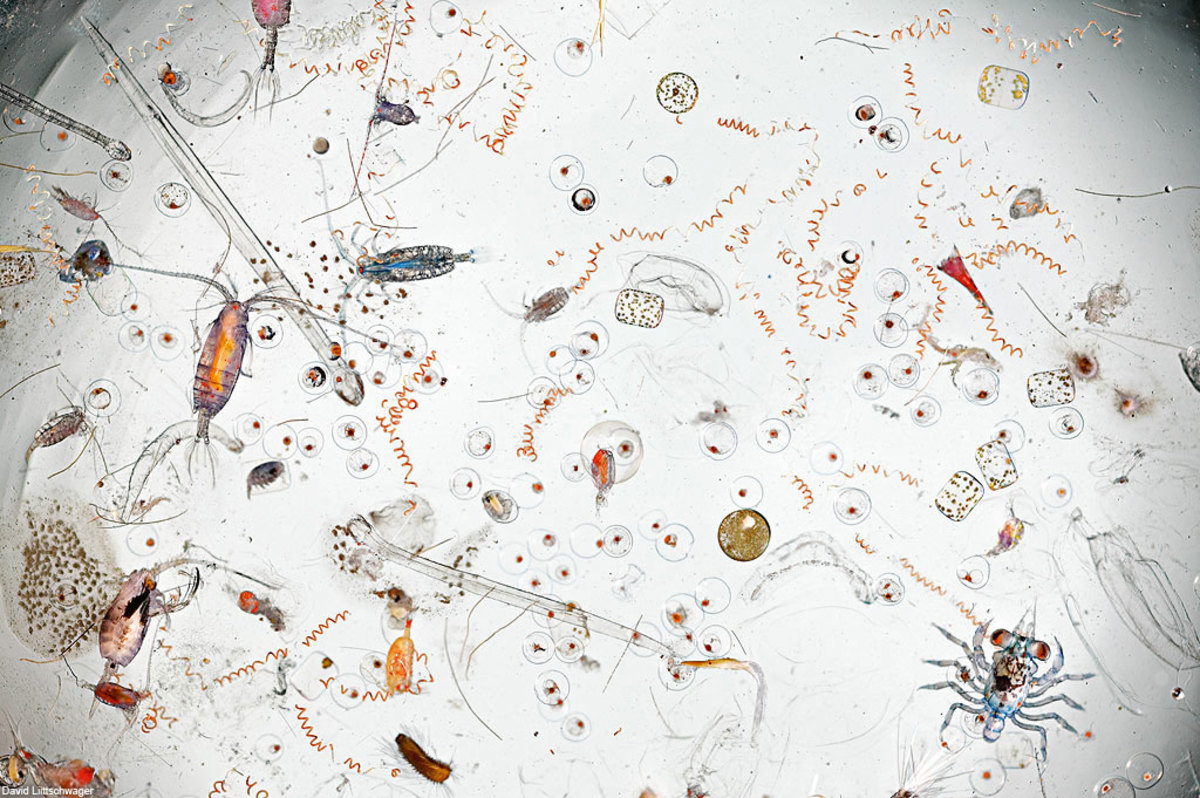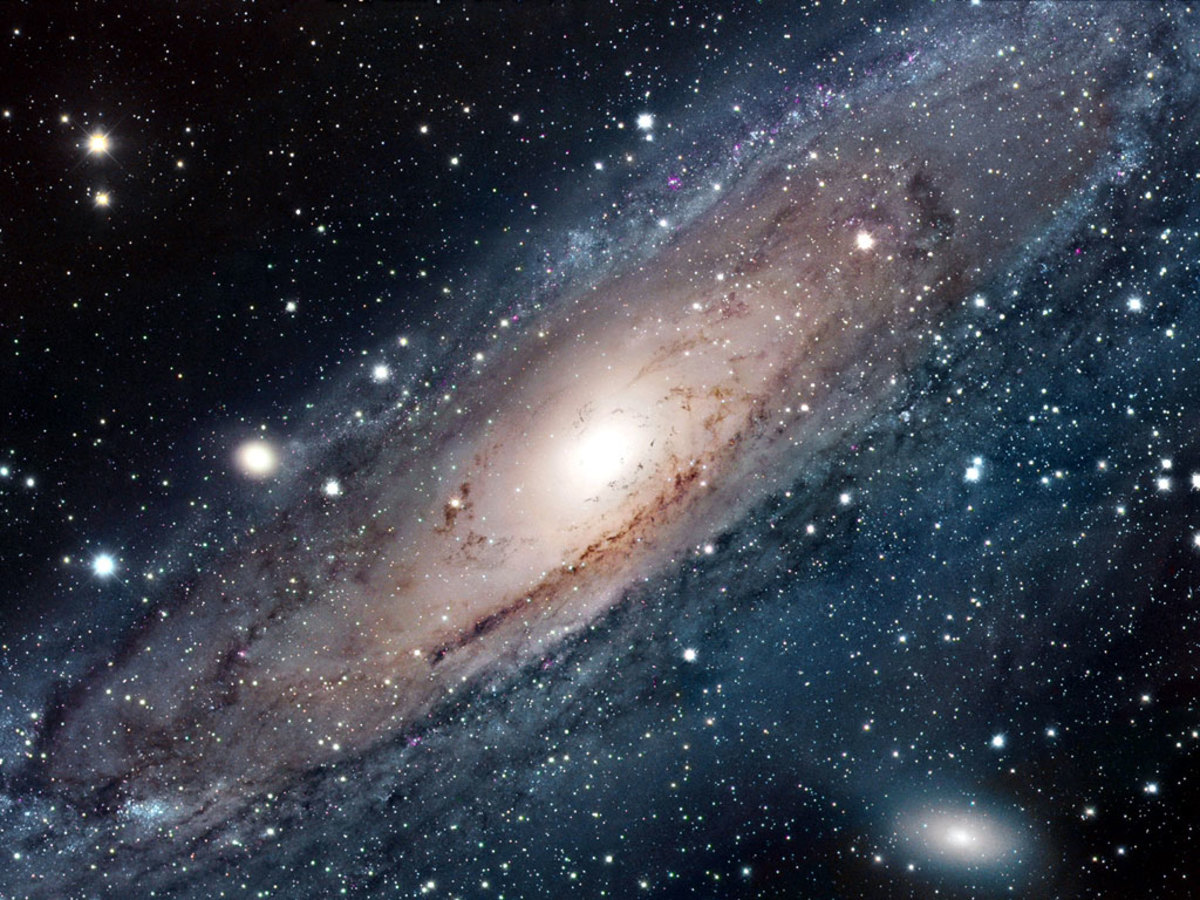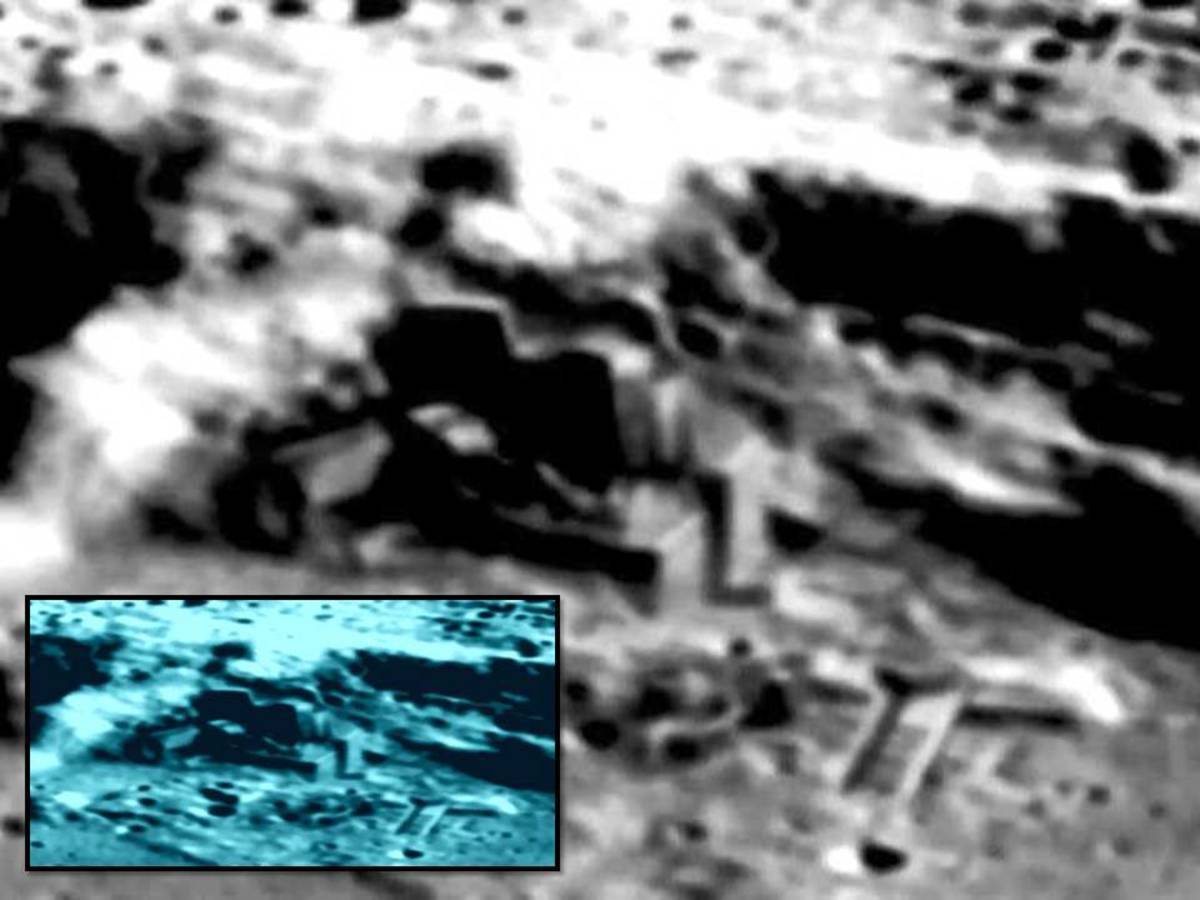Extra! Extra! Extraterrestrials Part1

Introduction
I see the intelligence of humans as the universes attempt to understand itself. Inevitably, through the process of our purpose we wonder: Are we alone? Are we the sole constituents of this attempt to understand? Or, are there others pondering the same question as they admire the heavens? I will investigate this question to the best of my understanding in two parts. In part one I will explore the plausibility of intelligent life elsewhere in the universe and in part two I will grapple with the advent of such beings here on Earth.
Part I
Is There Anybody Out There?
When assessing anything, it is natural to start with what you already know. Scientists know of four essential ingredients for the rise of complex life as we know it:
1. The presence of liquid water
2. An element such as carbon that can bond strongly with at least three other atoms and remain flexible
3. Other elements such as sulfur, hydrogen, nitrogen and oxygen.
And…
4. The world with these ingredients must reside within a habitable zone.
1. Liquid Water
One approach to finding liquid on celestial bodies starts by simply observing the behavior and patterns of liquid here on Earth. Meandering canyons, stair-step erosion patterns and signs of sediment similar to those here on Earth indicate rivers, lakes and oceans were prevalent on the ancient face of Mars. Circulating oceans beneath the icy surfaces of Europa, Callisto and Enceladus create ice flows, cracks and swirls just as they do in Earth’s Arctic regions. One of Ganymede’s magnetic fields is generated by a moving ocean under its surface just as moving water is sometimes used on Earth to generate electricity. However, as on Earth, liquid in space is not always water. Several planets and moons feature volcanoes and lakes of liquid methane, hydrogen, helium, ethane and other elements. Scientists determine the composition of liquid in space through spectral analysis.
Spectral analysis or spectroscopy is the study and identification of chemicals by the appearance of their spectra. Each chemical has a unique wavelength. Through spectral analysis,water has been discovered all over the observable universe and more is being found all the time. As recently as 2011, NASA released that they had found a massive reservoir of water 12 billion light years away. It surrounds a black hole known as a quasar. This body contains 140 trillion times the water found on Earth. "The environment around this quasar is very unique in that it's producing this huge mass of water," said Matt Bradford, a scientist at NASA's Jet Propulsion Laboratory in Pasadena, Calif. "It's another demonstration that water is pervasive throughout the universe, even at the very earliest times." Though most of the water found in space is in the form of ice or vapor, all it takes for it to become liquid is for some of it fall into a habitable zone, which I will discuss later. Spectral analysis has revolutionized the search for water in space, but that’s not all.
2. & 3. Carbon and Other Stuff
Spectral analysis has also shown that carbon is one of the most abundant elements in the universe and that there is plenty of that other stuff like sulfur, hydrogen, nitrogen and oxygen too. Yay! That was quick and relatively painless.
4. Habitable Zones
Professor of Physics Neil F. Comins defines a habitable zone as: “The region around any star wherein water can exist in liquid form and, hence, life as we know it can conceivably exist.” A habitable zone is a tedious achievement. A planet must be at just the right proximity to its star; too close and its water will boil away, too far away and its water will freeze. It helps for the planets star to be just the right size as well; if the star is too large its gravity will suck the planet in or the star will explode before life gains a foothold. If the star is too small, the planet will have to be really close to receive sufficient radiation and if the planet gets too close to the star it will be locked in synchronous rotation like Mercury or our Moon. This would boil off the water on the sunny side and freeze the water on the dark side. This alone is a tall order, but there’s more.
Another factor that has helped to facilitate life here on Earth is the presence of a Jovian planet. Jovian means: of or pertaining to or befitting the Roman deity Jupiter. So a Jovian planet is a giant planet like Jupiter. Scientists theorize that it would have been difficult for life to evolve on Earth without Jupiter. The gravity of Jovian planets sucks in some of the comets and asteroids that might otherwise bombard a planet and make complex life impossible. It has also been suggested that Jovian planets could play hosts to their own habitable zones.
As I mentioned before water has to be warm enough to be in liquid form for life as we know it to exist. It was once thought that this warmth had to come from a star. Deep Earth and deep sea exploration has recently forced science to re-examine this understanding with the discovery of life in places that are never touched by the suns radiation. Rebecca Morelle, Science reporter for BBC News writes “Hydrothermal vents were first discovered in 1977. These fissures in the ocean floor spew out fiercely hot, mineral-rich water, yet somehow, diverse ecosystems are able to thrive in these hostile conditions.” And “…an array of creatures living in the super-heated waters, including yeti crabs, scaly-foot snails and sea cucumbers” were found.
Also, though not particularly complex life, 32 distinct species of bacteria have been found deep under thick Antarctic ice where light cannot penetrate. Professor Peter Doran of the University of Illinois states, "This is one of the few examples of a place where you have a completely closed system, there's no new materials delivered - it's sealed off. Because rates of metabolism are so slow - it's so cold and things are moving so slowly down there - it could last for a long time." This is the type of life one might expect to find on Europa, Callisto and Enceladus, where the gravity from Jovian planets, Jupiter and Saturn knead the moons like dough heating up their cores which in turn, keeps their subterranean waters in a liquid state. These discoveries have opened the door to possible life on moons around Jovian planets, but deep Earth exploration has renovated the door to accommodate a Mac truck. Earthworms are thriving at a depth of over a mile into the Earth in extreme heat with extremely limited resources and absolutely no sunlight. . Department of Biology, University of Bergen in Norway reports…
“Since its discovery over two decades ago, the deep subsurface biosphere has been considered to be the realm of single-cell organisms, extending over three kilometres into the Earth’s crust and comprising a significant fraction of the global biosphere. The constraints of temperature, energy, dioxygen and space seemed to preclude the possibility of more-complex, multicellular organisms from surviving at these depths. Here we report species of the phylum Nematoda that have been detected in or recovered from 0.9–3.6-kilometre-deep fracture water in the deep mines of South Africa but have not been detected in the mining water. These subsurface nematodes, including a new species, Halicephalobus mephisto, tolerate high temperature, reproduce asexually and preferentially feed upon subsurface bacteria. Carbon-14 data indicate that the fracture water in which the nematodes reside is 3,000–12,000-year-old palaeometeoric water. Our data suggest that nematodes should be found in other deep hypoxic settings where temperature permits, and that they may control the microbial population density by grazing on fracture surface biofilm patches. Our results expand the known metazoan biosphere and demonstrate that deep ecosystems are more complex than previously accepted. The discovery of multicellular life in the deep subsurface of the Earth also has important implications for the search for subsurface life on other planets in our Solar System.”
Life could be almost anywhere. As exciting as these findings are and as much as they expand our understanding of life, they do not significantly grapple with the question of intelligent life.
Frank Drake set out to lay the groundwork that could one day help us answer the question of intelligent extraterrestrials. In what is now called the Drake equation, Frank Drake suggested that the number of technologically advanced species in our own galaxy could be estimated by considering seven factors:
· The rate at which solar-type stars form in our Galaxy
· The fraction of solar-type stars that have planets
· The number of planets per solar-type star system suitable for life
· The fraction of those habitable planets on which life actually arises
· The fraction of those life forms that evolve into intelligent species
· The fraction of those species that develop adequate technology and then choose to send messages into space
· And finally, the lifetime of that technologically advanced species
While this might sound like a tall order, our Milky Way Galaxy is a very large place with hundreds of billions of stars and billions of sun-like stars. Drake himself estimated that there were 10 extraterrestrial species technologically advanced enough to communicate with us. Others contend that there are likely hundreds of millions just within our Galaxy, but we just cannot yet say for sure.
Limited to the parameters of current technology, we have only just recently begun to discover exo-planets or planets outside of our solar system. In 2009 NASA's Kepler space telescope began scanning the heavens for the distinctive wobbles of stars that indicate bodies orbiting them. As of Jan 7, 2013, NASA announced that 2,740 candidate new worlds have been discovered. Astronomer Christopher Burke told Reuters, “Two years ago we had around 1,200 candidate planet objects. A year later, we added a significant number of new objects and saw the trend of huge numbers of very small planets ... twice the size of Earth and smaller," While we are not yet able to determine if any of these planets feature liquid water, we can tell the size of the planets and their proximity to sun-like stars, so astronomers can focus on habitable zones.
Considering the abundance of life’s building blocks, the biodiversity of our own planet, the vastness and age of the universe and the billions of stars within it, it’s hard to dispute the probability or at least the possibility of intelligent life from other places and it is even harder to dispute extraterrestrial life in general. We are not alone.
Work Cited
Discovering the Essential Universe [Paperback] Neil F. Comins (Author)
http://www.abc.net.au/science/articles/2012/11/27/3641821.htm
http://www.nature.com/news/life-abounds-in-antarctic-lake-sealed-under-ice-1.11884
http://www.bbc.co.uk/news/science-environment-16267625
http://www.nasa.gov/topics/universe/features/universe20110722.html
http://www.nature.com/nature/journal/v474/n7349/full/nature09974.html#/contrib-auth
http://en.wikipedia.org/wiki/Nematode








